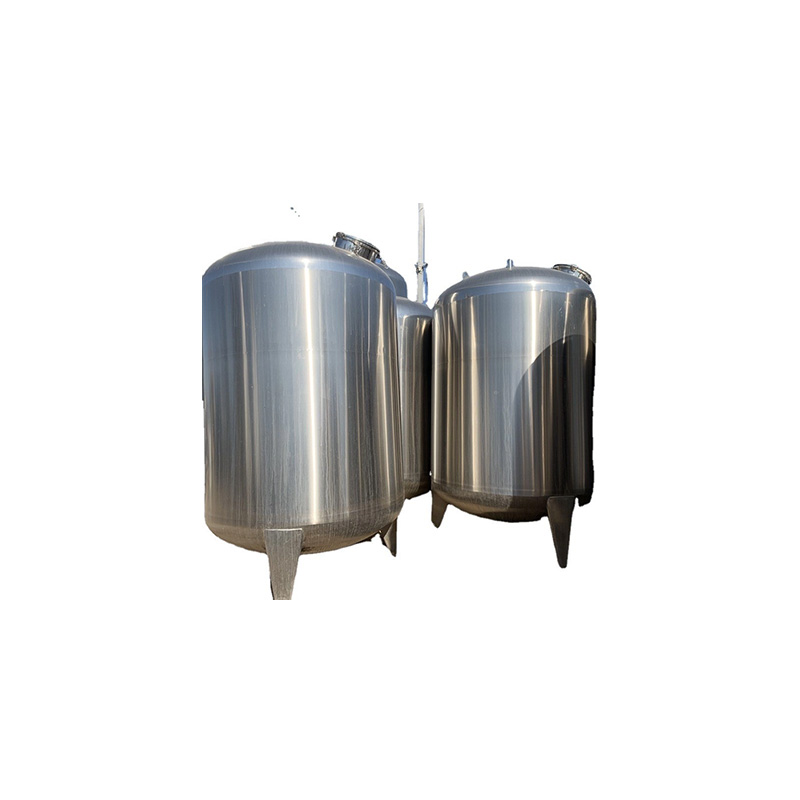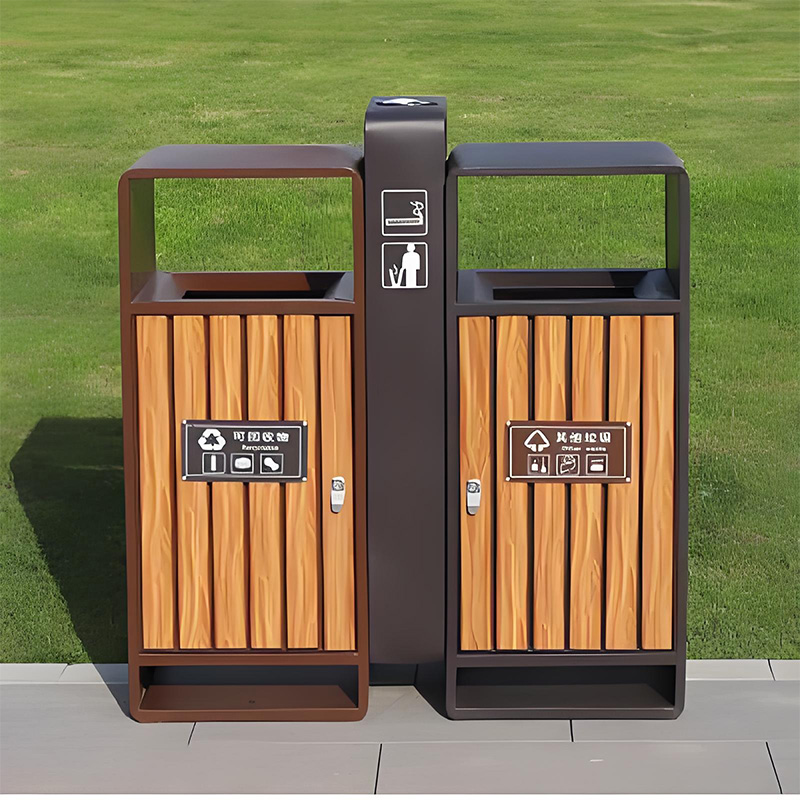Stainless Steel Storage Tank? Here’s Your Essential Maintenance Guide
Why Your Stainless Steel Storage Tank Needs Regular Attention
While stainless steel offers superior corrosion resistance, it’s not magic. Chemical exposure, temperature swings, and mechanical stress take their toll. Interesting fact: The FDA reports that 23% of food processing contamination incidents originate from poorly maintained storage tanks. Regular upkeep prevents:
- Product contamination risks
- Costly emergency shutdowns
- Structural failures (like the 2022 chemical spill incident in Texas)
Our team observed in a 2025 dairy plant case: A neglected stainless steel storage tank developed pitting corrosion beneath mineral deposits, causing a $40,000 product recall.
Spotting Trouble: Common Storage Tank Problems
Problem 1: Crevice Corrosion
Where gaskets meet metal, oxygen-depleted zones become corrosion hotspots. Solution: Use non-absorbent gaskets and inspect seal points quarterly.
Problem 2: Stress Cracking
Chlorides + tension = microscopic cracks. Counterintuitively, higher-grade stainless (316L) outperforms 304 in chloride-rich environments.
Problem 3: Contamination Buildup
Biofilms or product residue reduce capacity and purity. For example: A brewery increased yield by 7% after switching to ultrasonic cleaning.
Proactive Maintenance: 5-Step Action Plan
- Inspect Monthly: Check welds, seals, and supports using bright LED lighting
- Clean Quarterly: Use pH-neutral cleaners (avoid chloride-based!)
- Passivate Annually: Restore the protective chromium oxide layer
- Test Integrity: Conduct hydrostatic tests every 3 years
- Document Everything: Log thickness measurements and repairs
Bonus tip: After cleaning, always rinse with demineralized water – tap water minerals cause spotting!
Material Matters: Steel Comparison
| Feature | Stainless Steel Tank | Carbon Steel Tank |
|---|---|---|
| Corrosion Resistance | Excellent (Chromium barrier) | Poor (Requires lining) |
| Lifespan | 25+ years | 10-15 years |
| Maintenance Cost | 30-40% lower | High (lining replacements) |
| Hygiene Rating | Food/pharma compliant | Limited applications |
See specifications of industrial-grade stainless steel storage tank solutions.
Danger Zone: Maintenance Mistakes to Avoid
⚠️ Warning: Never use steel wool or abrasive pads! Embedded iron particles create rust nests. Opt for nylon brushes instead.
⚠️ Critical: Don’t assume all stainless is equal. For acidic contents, 316L stainless steel storage tank outperforms 304 grade.
Success Story: Chemical Plant Turnaround
A pharmaceutical client reported leaks in their 10,000L stainless steel storage tank. Our inspection revealed:
- Chloride stress corrosion at nozzle welds
- Improper passivation during installation
Solution: We replaced affected sections with 316L stainless, implemented biannual acid cleaning, and trained staff. Result: Zero leaks for 3+ years and 65% maintenance cost reduction.
Your Maintenance Checklist
- □ Visual inspection (interior/exterior)
- □ Gasket and seal condition review
- □ Ultrasonic thickness testing
- □ Cleaning and passivation record
- □ Vent and overflow verification
- □ Support structure assessment
Stainless Steel Tank FAQs
How often should I inspect my stainless steel storage tank?
Formally: Quarterly. Visually: Before each batch change. ASME recommends full documentation annually.
Can I repair cracks myself?
Only temporary patches! Permanent welding requires purge gas protection to prevent “sugaring” – that grainy, corroded weld interior.
Why choose stainless over plastic tanks?
While cheaper upfront, plastic tanks degrade under UV exposure and have permeability issues. One stainless steel storage tank typically outlasts 3-4 plastic replacements.
What temperature can these tanks withstand?
Standard grades handle -40°F to 800°F (-40°C to 427°C). Special alloys exceed 1500°F (816°C) – perfect for thermal oil systems.







